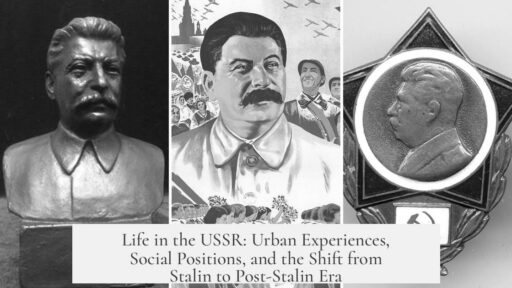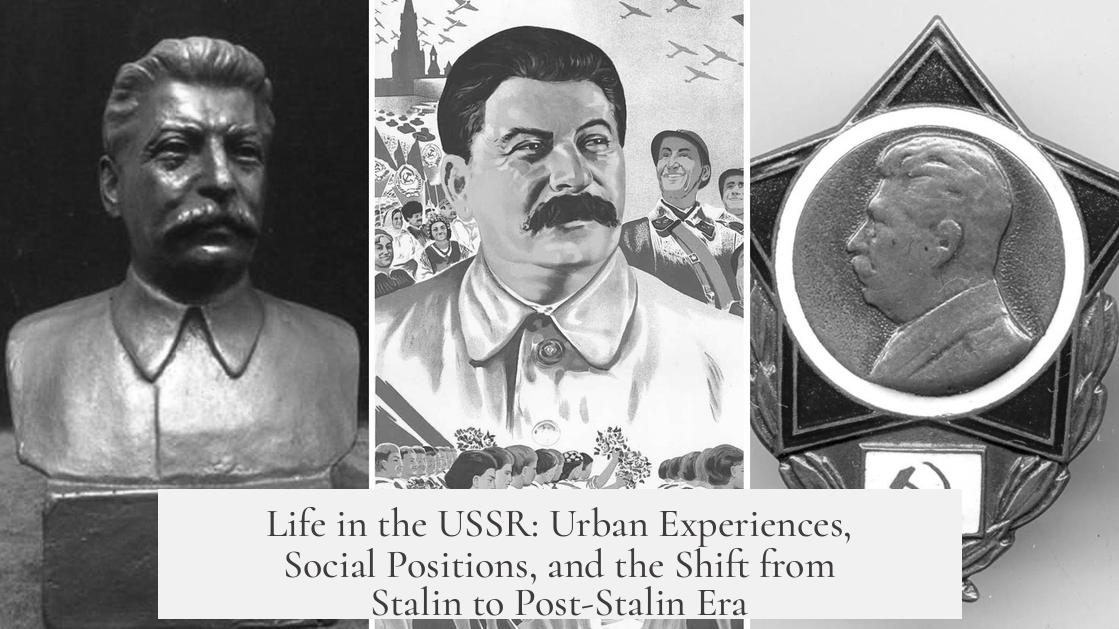Life in the USSR varied widely by location, social status, and historical period, making it complex to summarize in a single narrative. The experience depended heavily on whether one lived in a city or rural area, the decade in question, and ethnic or regional identity. Life in major urban centers like Moscow and Leningrad contrasted sharply with provincial towns and rural farms, reflecting uneven development and diverse social conditions throughout the Soviet Union.
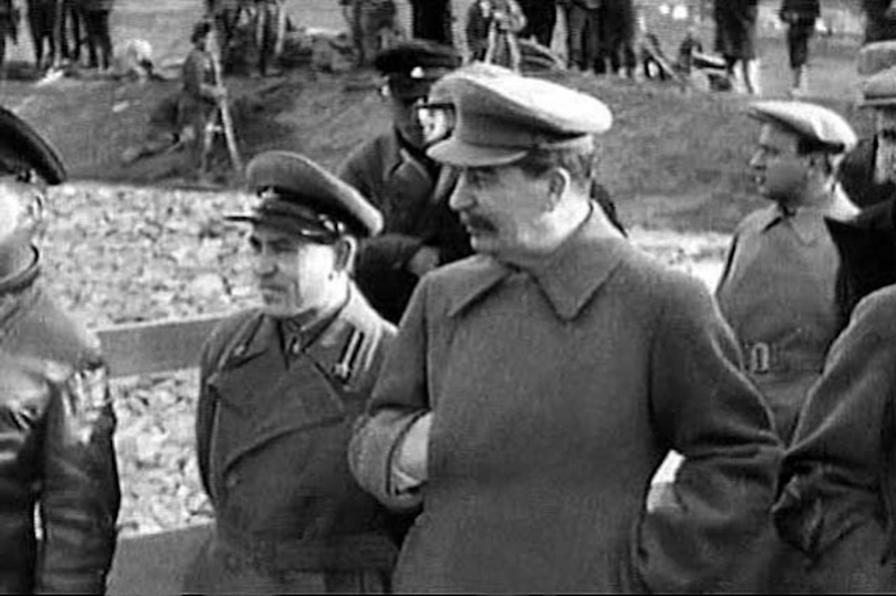
During Stalin’s rule from the 1930s to early 1950s, urban life was shaped by political repression, economic shortages, and a climate of fear.
- State-controlled shops frequently lacked basic goods, forcing long waits and rationing.
- An informal economy flourished beneath official structures. Residents bartered, traded, and found unofficial ways to obtain scarce supplies.
- The “Great Purges” and political prosecutions created pervasive anxiety, yet people still adapted and sought moments of normality.
Sheila Fitzpatrick’s research highlights these conditions, emphasizing how ordinary Soviets coped with shortages and a constrained political atmosphere. Nina Lugovskaya’s diary offers a youth’s perspective from this era, revealing that despite political indoctrination and fear, everyday life included personal hopes, school activities, and friendships.
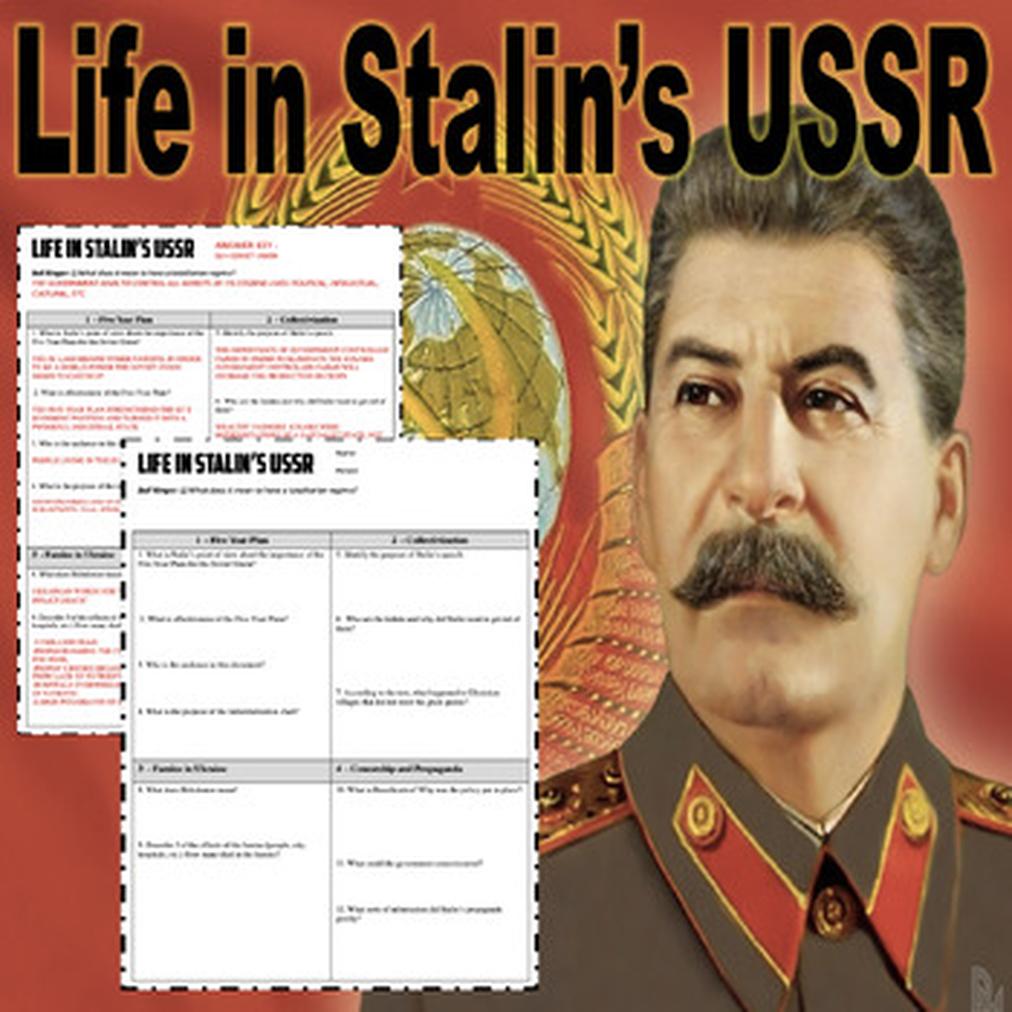
After Stalin, from the 1960s to 1980s, life shifted but retained some difficulties. Political pressure eased somewhat, but the economy stagnated, and official promises of a socialist utopia remained unfulfilled.
- The informal economy persisted as a crucial survival mechanism.
- Many citizens adopted a cynical view of the Communist Party, treating its ideology more as a background reality than a true belief system.
- Foreign cultural influences, especially from Europe and the United States, began to permeate Soviet society more openly.
Natalya Baranskaya’s fictional work, grounded in reality, depicts the era’s focus on daily life and personal relationships rather than constant political concern. Alexei Yurchak details the persistent everyday negotiations between official narratives and lived experience during this period.
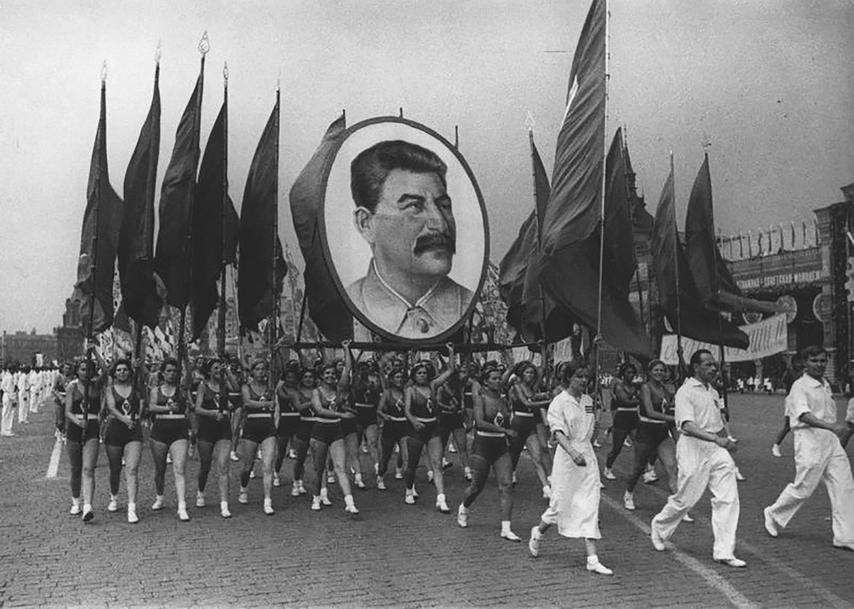
Personal accounts from the 1980s highlight tough economic conditions, especially food shortages and poor living environments.
- Wages were low; for example, a postgraduate might earn about 100 rubles monthly.
- Government-controlled stores rationed food, sometimes stopping distribution even when demand was high.
- Communal apartments were common, shared by several families, with cramped space and unsanitary conditions including rodents and pervasive smoke.
Despite hardships, social bonds and community life persisted. People found ways to secure necessities, share resources, and maintain morale. Demonstrations or small group protests occasionally forced shopkeepers to reopen food lines, as one anecdote from St Petersburg reveals.
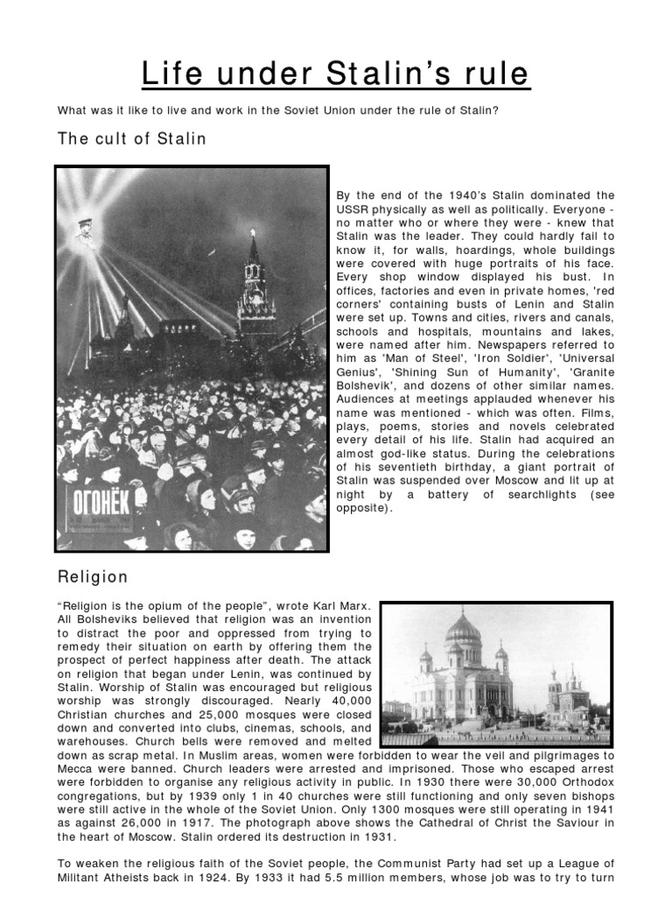
Life in the USSR was never monolithic. Rural populations, ethnic minorities, and those in distant republics often faced very different realities from urban Russian residents. These variations reflect the geographic breadth and social complexity of the Soviet state over its 75-year existence.
| Era | Conditions | Social Atmosphere | Economy |
|---|---|---|---|
| 1930s-50s (Stalin) | Political repression, shortages, fear | High political tension, widespread surveillance | State-run with informal parallel markets |
| 1960s-80s (Post-Stalin) | Economic stagnation, less fear | Cynicism toward party, more cultural openness | Continued informal economy, rationing |
| 1980s | Severe shortages, communal living hardships | Everyday resilience, social connections | Controlled and rationed goods, many shortages |
Further exploration can be found in works such as:
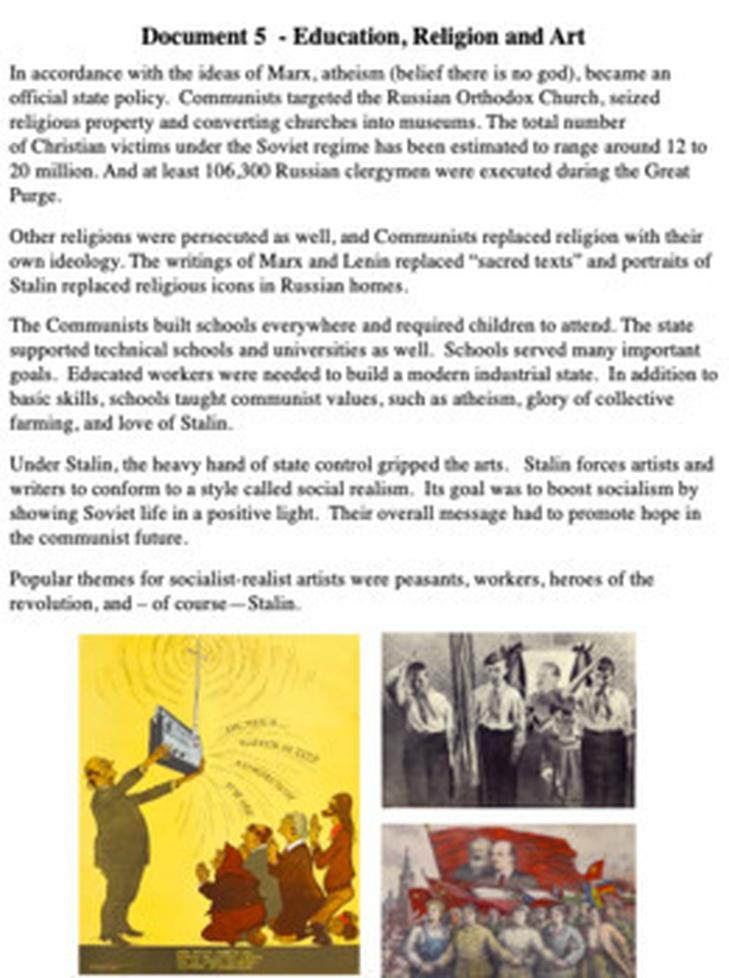
- Everyday Stalinism by Sheila Fitzpatrick – urban life under Stalin
- Diary of a Soviet Schoolgirl by Nina Lugovskaya – youth perspective in the 1930s
- A Week Like Any Other by Natalya Baranskaya – post-Stalin domestic life
- Everything was forever until it was no more by Alexei Yurchak – societal overview 1960s-80s
Online resources, including historical FAQs and documentaries, provide additional testimony and insight into this multifaceted subject.
- Life varied greatly by time, location, and social position.
- Stalin era brought repression and economic hardship, but resilience prevailed.
- The informal economy was essential across decades.
- Post-Stalin life had less ideology but ongoing challenges.
- Urban Russian life does not represent the full scope of Soviet experience.
What Was Life Like in the USSR? A Complex Mosaic of Time, Place, and People
Life in the USSR was anything but one-size-fits-all—it swung wildly depending on when you lived, where you lived, and who you were. Spanning nearly 75 years, this sprawling empire stretched across diverse climates, cultures, and social strata, making any single narrative incomplete or misleading. Before imagining cold, gray streets filled with stern-faced citizens, it’s crucial to understand this complexity. So, what exactly was life like inside the Soviet machine? Buckle up for a detailed but engaging walk through both the hardships and the surprising nuances of living in the USSR.
Life Varied by Time, Place, and Social Position
When someone says “life in the USSR,” they often mean urban Russian life. That’s only part of the picture. The Soviet Union wasn’t just Russia; it encompassed numerous republics stretching from Eastern Europe deep into Asia. Living conditions in bustling cities like Moscow and Leningrad differed vastly from rural peasants working collective farms in Siberia or Central Asia.
And the opportunities available to a factory worker, a government official, or a student couldn’t be more different. A farm worker in a remote village often faced challenges unimaginable to city dwellers with access to better infrastructure and some consumer goods.
Plus, the era mattered immensely. Life under Stalin in the 1930s was not the same as in the 1980s during the waning years of the Soviet Union. Political climates, economic policies, and social freedoms shifted dramatically over those decades.
A Glimpse at Urban Life During Stalin’s Rule (1930s – 1950s)
Looking at one gripping account, Sheila Fitzpatrick’s Everyday Stalinism dives deep into life during Stalin’s reign. The economy was a mess. Goods were rare, queues were long, and shortages were the norm. Want a pair of shoes? Expect to wait. Need decent meat? Better get in line early.
But here’s a twist: beneath official economic systems, an informal economy thrived. People hustled, bartered, and exchanged goods outside state control. This black market was essential for survival. It filled the gaps left by bureaucratic inefficiency and chronic scarcity.
Political repression was real. The infamous Purges cast long shadows — many were arrested or disappeared. Still, everyday life carried on. Youth like Nina Lugovskaya, whose diary offers a window into a Soviet schoolgirl’s world, balanced trauma and politics with school, friendships, and even gossip. This reminds us people found pockets of normality and even happiness amid hardship.
Living in the Post-Stalin USSR (1960s–1980s): A Shift in Atmosphere
The USSR didn’t stay stuck in Stalin’s iron grip. After his death, things eased a bit. Natalya Baranskaya’s A Week Like Any Other, though fiction, feels real. It explores the routine daily life of a Soviet woman in the 1960s. Politics doesn’t dominate the story; personal relationships, work, and family do. Life feels more human and less marked by fear.
Yet, cynicism brewed beneath the surface. As Alexei Yurchak observed in Everything Was Forever Until It Was No More, people didn’t buy the Party’s promises anymore. The socialist utopia they dreamed of was a distant myth. Still, the informal economy buzzed along, catering to frustrations with official shortages and bureaucracy. Western culture seeped in, too—music, fashion, and ideas began to poke holes in Soviet isolation.
Living Conditions and Struggles: A Personal Look at 1980s St Petersburg
Here’s a fascinating first-person glimpse from an early 1980s postgraduate doctoral student in St Petersburg. Imagine earning about 100 rubles a month while food was scarce and often unavailable. Government stores rationed food, cutting supplies once quotas were met. People queued endlessly, sometimes chanting to get just a piece of meat.
Communal apartments created a crowded, smoky environment. Three or four families squeezed into two rooms plus a kitchen. The air was heavy with cigarette smoke, and rodents were frequent unwelcome roommates. Yet, despite these rough conditions, the author found joy in small victories, like scoring a free cut of meat, and made sure to share food with loved ones.
What Can We Take Away? The Complex Reality of Soviet Life
- Life was shaped by geography—city versus countryside made all the difference.
- Era mattered: Stalin’s harsh repression and economic woes contrasted with more relaxed but still challenging later decades.
- Politics affected everyone but did not fully define everyday living. People found ways to cope and even enjoy life.
- The informal economy was as important as the official supply lines for meeting daily needs.
- Urban Russian life is only part of a broader mosaic that included many ethnic groups and regional experiences.
So, was life in the USSR “terrible”? Sometimes, yes. Were there moments of resilience, humor, and community? Absolutely. It’s a story anyone curious about this vast, complex state should explore beyond clichés and stereotypes.
Further Exploration and Resources
If this peek into Soviet life sparked your curiosity, there’s plenty to dive into. For academic insights, Sheila Fitzpatrick’s Everyday Stalinism offers gritty details on urban hardships. For personal voices, Nina Lugovskaya’s Diary of a Soviet Schoolgirl captures youth perspectives under political strain. Fiction grounded in reality? Try Natalya Baranskaya’s A Week Like Any Other. Interested in late USSR societal dynamics? Alexei Yurchak’s Everything Was Forever Until It Was No More is a fascinating read.
Online communities like the Reddit Life in the USSR FAQ also provide rich anecdotal information. For visual storytelling, the BBC documentary on Life in the USSR is a compelling watch.
Final Thoughts
Ponder this: How do people create moments of normalcy and joy under a system often stacked against them? The story of life in the USSR is really about that human resilience. It’s a patchwork of trials, adaptations, frustrations, and occasional triumphs, played out over decades in one of history’s most enigmatic nations.
What role did the informal economy play in daily life in the USSR?
The official economy often faced shortages. People relied heavily on informal markets to obtain goods. This informal system was vital, especially in cities, helping citizens cope with limited supplies and long waits.
How did urban life in the USSR differ during Stalin’s era compared to later decades?
Under Stalin, political repression and scarcity dominated. After Stalin, political pressure eased somewhat. Daily life became more about personal matters, though economic challenges and cynicism toward the Party remained.
What were living conditions like in Soviet communal apartments?
Multiple families shared small spaces, often just two rooms plus a kitchen. Overcrowding, poor hygiene, and nuisances like rats and smoke were common, making daily life cramped and difficult.
Did people find happiness or normalcy despite hardships in the USSR?
Yes. Despite political repression and shortages, people found ways to live, enjoy friendships, and create moments of joy. Ordinary life, including school, work, and family, continued as best as possible.
How did life vary across the Soviet Union’s regions and social groups?
Life in major cities like Moscow was very different from rural or southern areas. Social class, ethnicity, and location shaped experiences. Urban Russian life cannot represent the full diversity of Soviet life.
